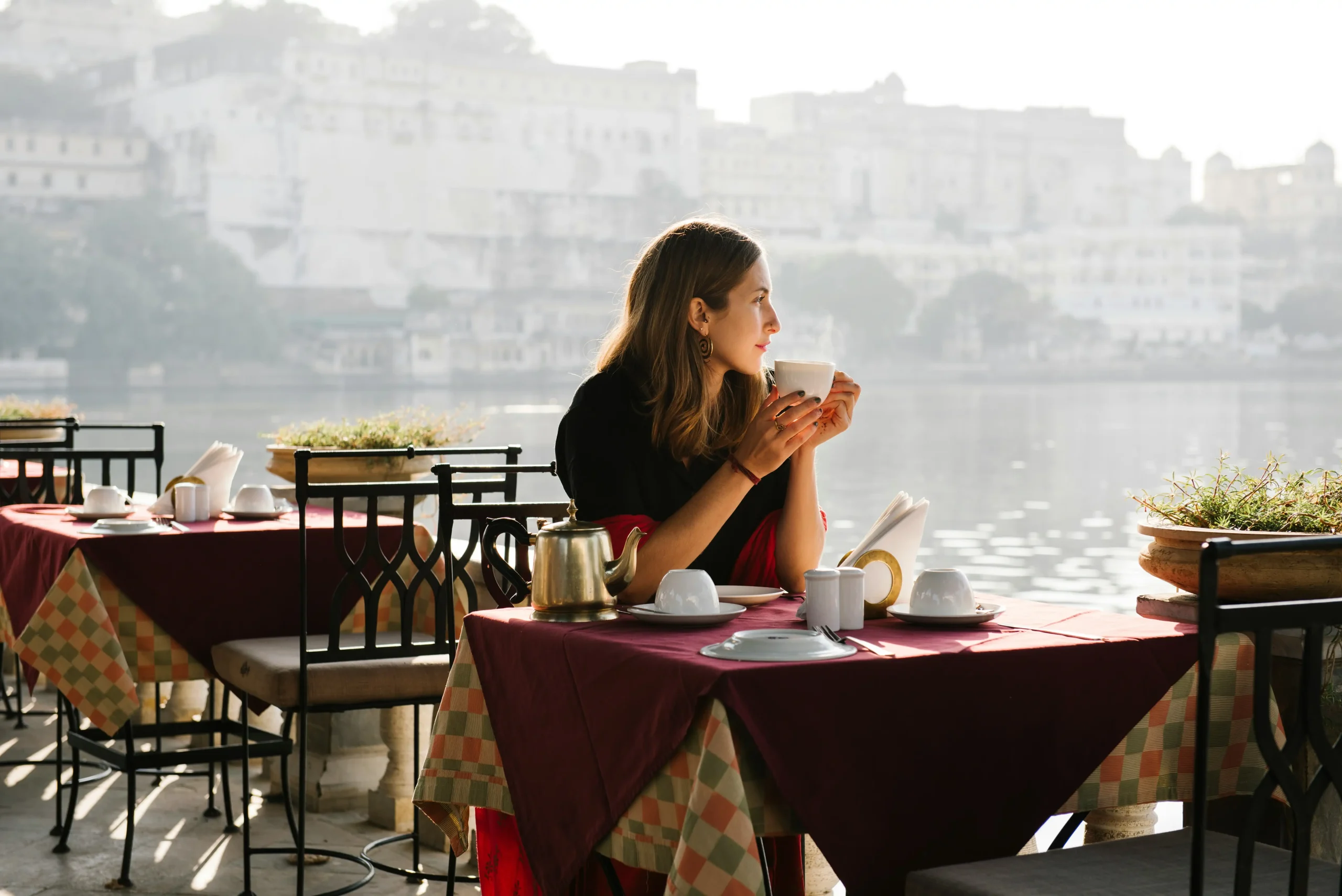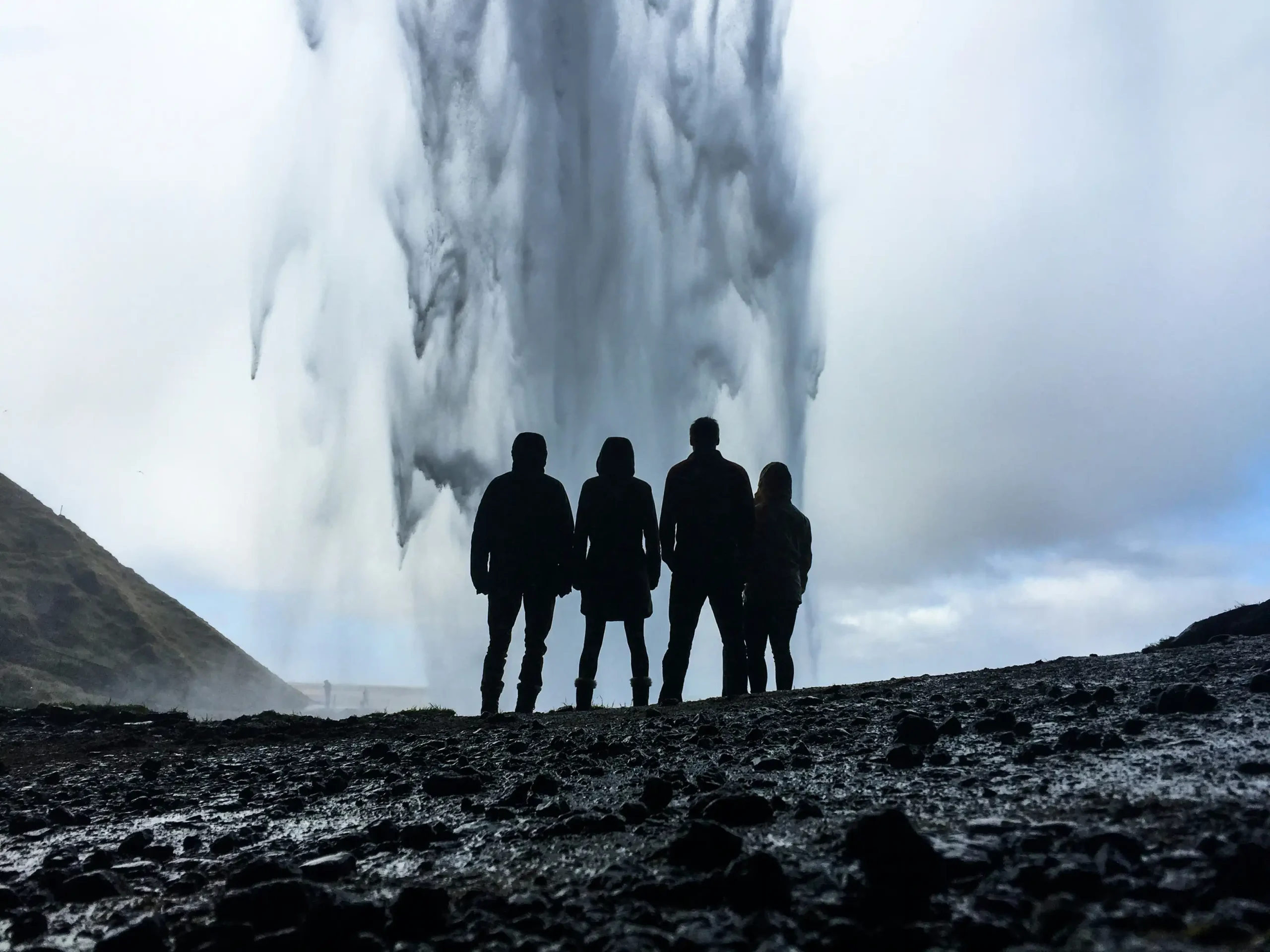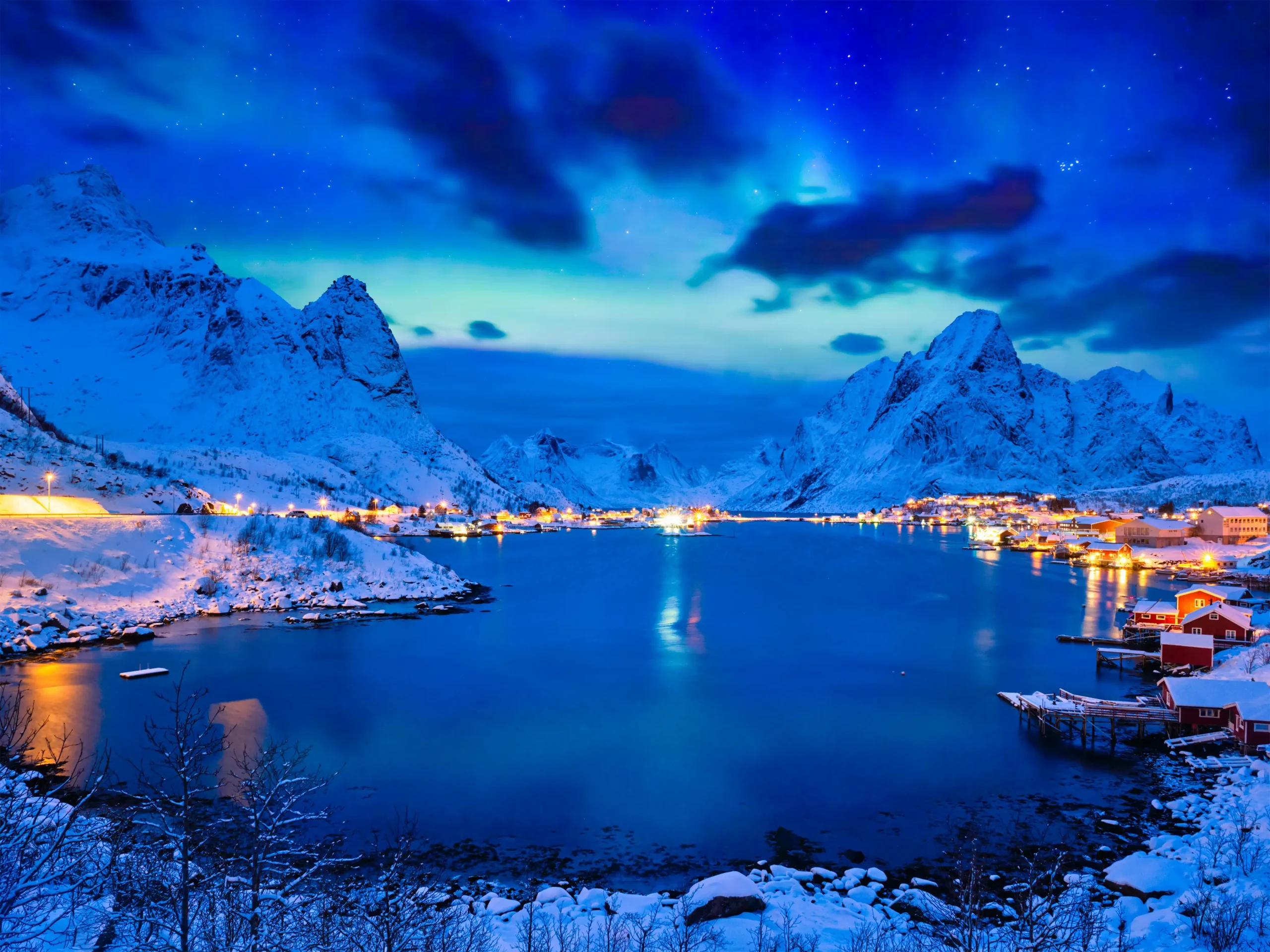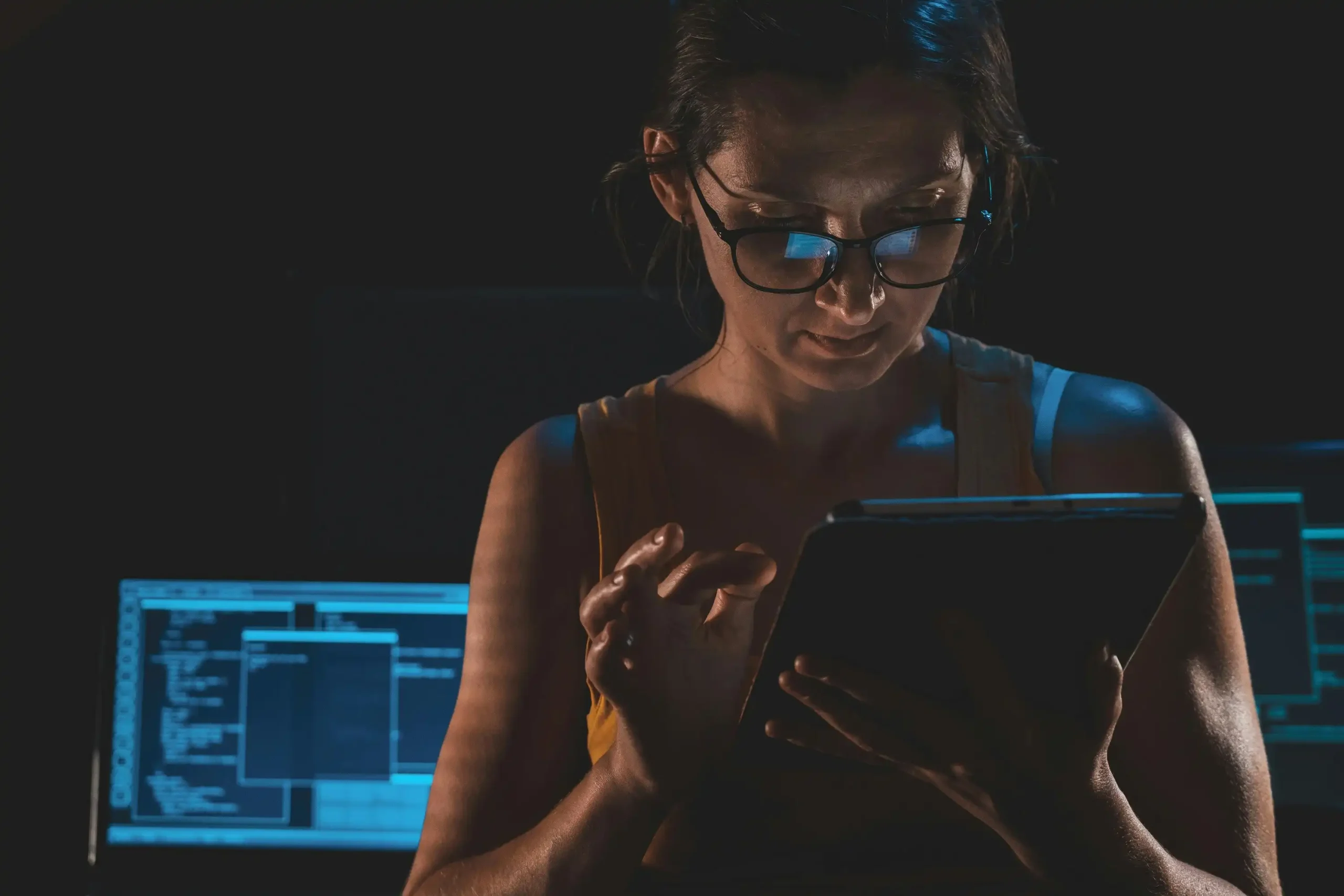Emilia Padol is a well-known and respected journalist and writer. She has won multiple awards, including the best gender thesis. She is the author of many books on life in the People’s Republic of Poland and the forgotten stars of that era. She tells us about GentleWomens of the time, which she described in her book “Ladies of the People’s Republic”. What were the ladies of communist Poland like? We invite you to an interview with Emilia Padol.
what were the ladies of the prl?
Intelligent, charming, bold, but also fractious and full of secrets – what were the ladies of the People’s Republic of Poland like?
I’m not exaggerating if I answer that, above all, they were icons. They took captive the hearts of the audience and did not allow them to break free for a dozen or even several decades. They were perpetuated for many years symbols of femininity, beauty, sex appeal, but after all, this is only one dimension of their life stories. In addition, they experienced their dramas, failures, professional frustrations. When I called them the ladies of communist Poland, I meant something somewhat intangible, sensed more intuitively – that their presence represented a certain memory, and at the same time a promise of the existence of that better world. On the one hand, they were the continuation of the era of ladies that resounded with the Second Republic, and on the other hand, they did not give in to the communist coarseness. Another thing: each of them deconstructed this definition of a lady according to their own ideas, possibilities, conditions in which they had to function. Beata Tyszkiewicz’s statement, which has been repeated more than once – “a real lady drinks, smokes and swears. And she naturally looks at men,” is the best proof of this.


Are there any among the ladies of the People’s Republic that you left out of the book?
Of course, it is impossible to write about all of them, the book has some volume limitations. I had to make some kind of choice, so I relied on intuition and the power of first association.
In “Ladies of the People’s Republic of Poland,” you describe 12 extraordinary women full of charisma, class and grace. Which one impresses you the most?
Each! It’s really hard to point to one of them, nor would I want to do so at all – their life stories were and are so complex, not easy to evaluate and not at all demanding such evaluation, that it’s better to simply consider them all as an inexhaustible source of inspiration.

Did you encounter any surprising facts that were not commonly known while reviewing source materials and preparing the book? What was most surprising?
Although I was aware of how big stars they were, the scale of their success and popularity impressed me greatly. Digging through source materials, I was looking for the least obvious, and in sketching these little biographical stories I wanted to show their heroines simply in a different way – breaking the prevailing notions about them.
Most of the women described ended up in the film by accident, some of them having had problems at school, a failed childhood. In your opinion, what determines their success?
Talent, feisty, a catch and, of course, personality. Certainly their physicality was also important – the face and body are, after all, the tools of acting.

Polanski, Cybulski, Kutz, Polanski, Konwicki open a long list of gentlemen who accompanied the ladies of communist Poland. What was the salon life of the heroes of those years?
Certainly much more intimate. Rarely was it photographed and described what went on in the salons. I have the impression that before the era of the Internet, walls and set-ups, one was able to entertain meaningfully better, more authentically and often with more class.
Uncompromising, confident and often unhappy. Was the price of fame in communist Poland higher than it is today?
Fame, unfortunately, always comes at a price. It seems to me that it’s more a matter of how much someone is willing to pay for it.

Grazyna Szapolowska said: Femininity is revealed in the bend of the arm, the touch of the cheek, the way you walk, move, the way you dress. Femininity is the ability to use your body, your voice. Femininity is music. How would you define femininity?
I think that femininity cannot be clearly defined. Fortunately, we live in a world that is increasingly open to diversity and accepts different models – both of femininity and masculinity. Find one definition for them all? This is, after all, impossible. I also think that if someone gets carried away with defining femininity, he often reduces his description to an impression, and impressions are, after all, subjective, limited to specific images.

Some of the women you cited were compared to foreign stars in their time. What do you think: do we still need references to Western women today?
In fact, this was a very clear tendency, but – as I tried to show in the book – harmful for the heroines I described, taking away their individuality, trivializing their uniqueness. Of course, both then and today I consider such comparisons, i.e. looking for “equivalents” of Western stars, to be completely unnecessary.
Did you manage to meet any of the women described? If so, what impression did you get from the meeting? If not, which one do you most dream of meeting?
Unfortunately, I haven’t met any of the heroines of the book – when writing it I made this assumption. But of course I’d like to meet with everyone! Really, I can’t say with which one the most, just as I can’t point out the favorite one, the most special one, etc. In the end, I chose all of them as characters in the book.

Is there anything we have lost with the ladies of the communist era?
And is there anything that we have lost with the passing of this entire era? It’s a cliché, but well: the world is changing. Each decade brings new ones, while distancing itself from what was. The risk of losing something is inevitable. Therefore, I encourage anyone who wants to reach for my book to think about this very question.

What can today’s GentleWomen learn from the ladies of the PRL?
I guess most of all that being true to yourself, to your principles, pays off the most.







